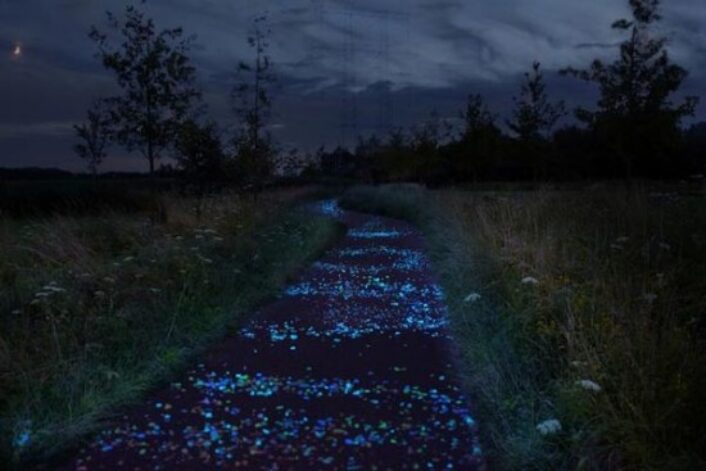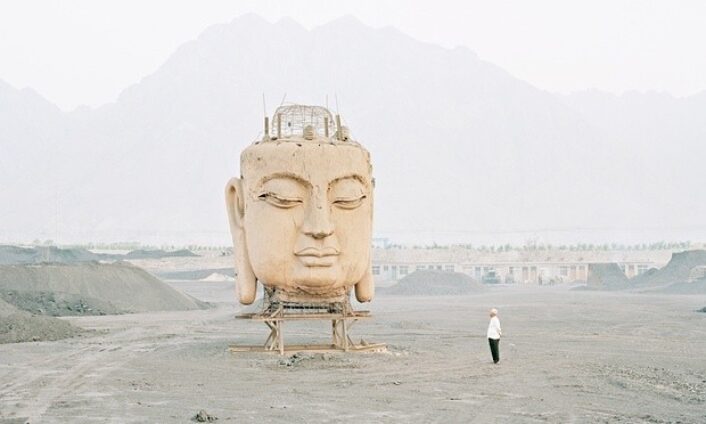Culture
Laura Owens and Van Gogh
Last summer, the Foundation Vincent van Gogh Arles presented a beautiful exhibition that brought together seven of the artist’s paintings, most made in Arles, alongside works by the Los Angeles-based painter Laura Owens. Perhaps one of today’s most celebrated American artists, for the past quarter century Owens has (courtesy of Foundation Vincent van Gogh Arles) “asked probing questions about the parameters of painting.”
As such, Owens pushed the limits of painting’s possibilities; often breaking with the boundaries between paintings and other “fields of visual and material culture such as embroidery, design, children’s illustrations and digital drawings.” The artist was able to develop a more personal connection to the exhibition’s specific paintings as she spent most of the pandemic living in Arles… exploring the city’s history, the surrounding locations’ intrigues, and the connections van Gogh made in Arles.
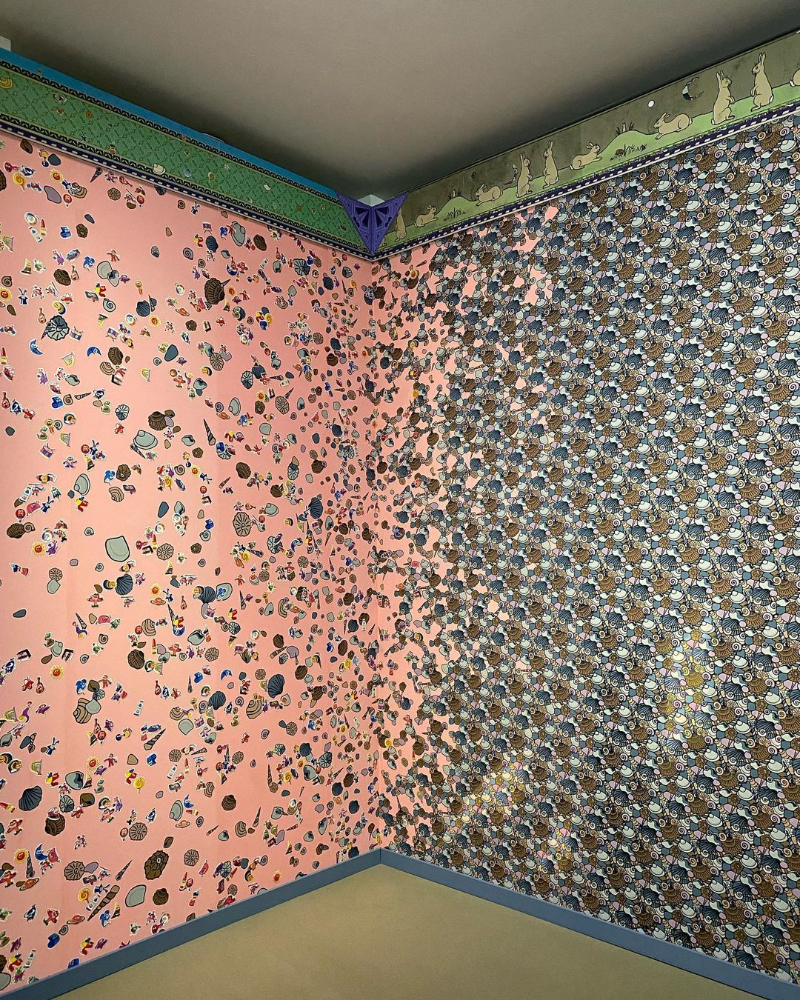
The handmade wallpaper is utterly stunning.
Image courtesy of: I Lobo You
Prior to starting this project, Owens researched each of the seven paintings that would be exhibited; she was thrilled to find a book of designs and patterns by Winifred How, a London artist and designer during van Gogh’s time. Seeing those early 20th century drawings, Owens knew she was onto something. After purchasing the book (published sometime between 1916-19) at a fair, she decided to use it as a resource for her specific paintings.
The elegant, colorful designs became the stunning wallpaper that would eventually fill Foundation Vincent van Gogh Arles’ galleries. The wallpaper is meant to reflect upon the silk-covered, elaborate walls from history’s castles and palaces.
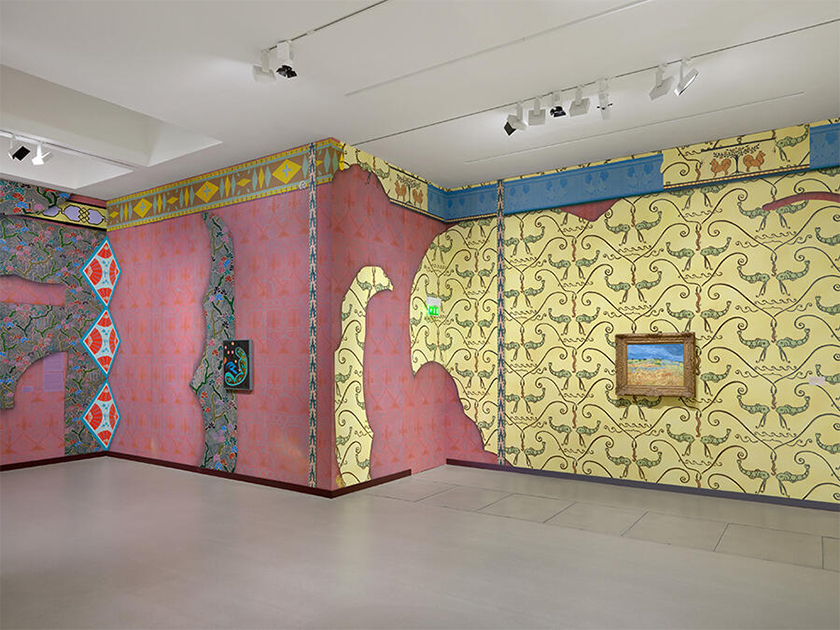
An amazing collaboration between two very different artists.
Image courtesy of: Frieze
Owens’ wallpaper is created using a number of techniques from silk screening to woodblock printing to hand-painting to air brushing. The effect is a canvas overlaid with rich, intricate designs. As for the tones, Owens mainly uses pastels and pale watercolors to paint the colorful patterns onto enormous sheets. The muted colors are reflective of the patterns from van Gogh’s era; furthermore, they are similar to some of those seen in the background of van Gogh’s own portraits.
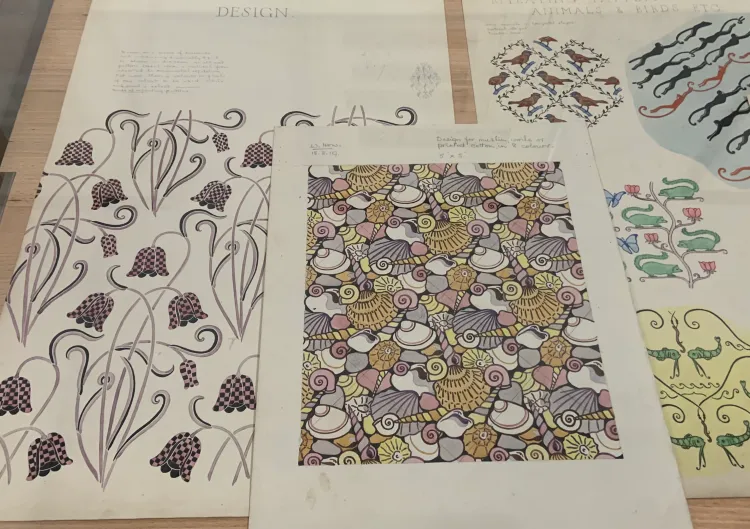
A selection of Winifred How’s designs.
Image courtesy of: Art and Cake LA, photographed by: Gary Brewer
For the exhibition, Owens fabricated an enormous painting which covered the entirety of the Foundation’s gallery walls. The painter was insistent upon presenting the juxtaposition between van Gogh’s notoriety and How’s obscurity… both artists during the same time period. In such, Owens made a point of celebrating How’s work in hosting van Gogh.
The other anomaly is the comparison between van Gogh and Owens herself. The exhibition is invaluable in connecting the 19th and 21st centuries and the different artistic techniques and how those reflect upon the paintings, colors, space, and shapes.
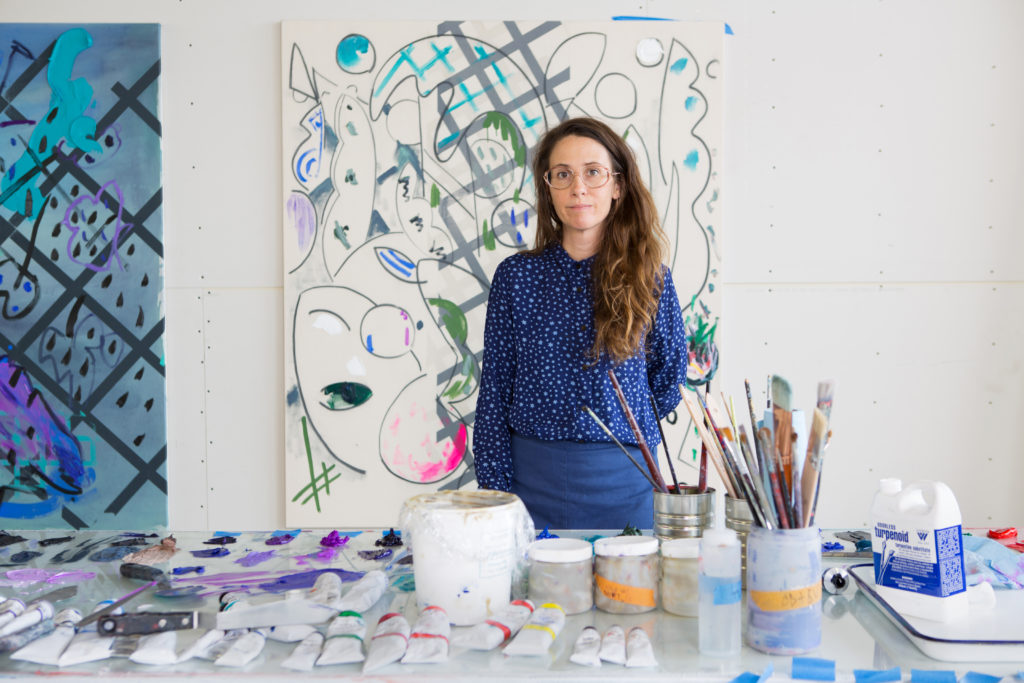
The artist…
Image courtesy of: Foundation Vincent Van Gogh Arles
Owens best describes her vision as follows (courtesy of Dezeen), “The spaces on this level evoke not just the wallpapered interiors that Van Gogh knew from his time in Arles, but equally the world of scanners, Photoshop and digital printing.” She continues, “Parts of the wallpaper have over fifty layers of silk-screening; some of the paints include iridescent pigments whose colours shift under different lights. The wall becomes an intoxicating, refreshing means of conquering the space of an exhibition and charting surprising new mental territory.”
We couldn’t have said it any better!
